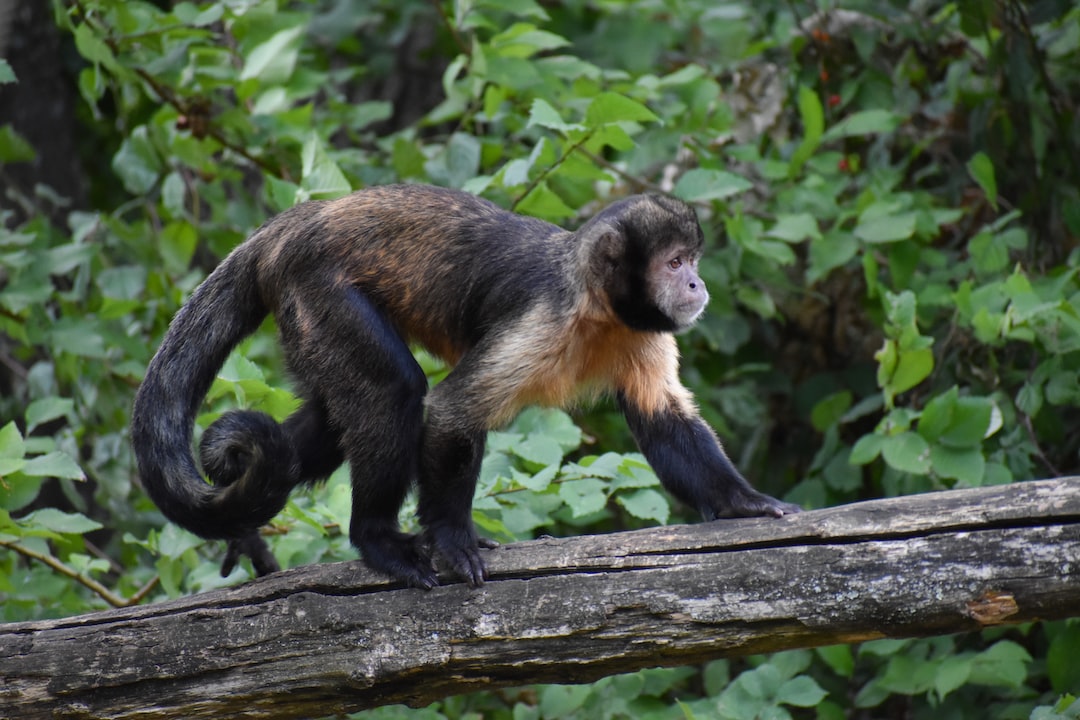Exploring the Lifespan of Different Animal Species
It is astounding and fascinating to observe the vast array of animal species that inhabit our planet. From tiny insects like ants to massive creatures like elephants, each one has its own unique set of characteristics and traits that make it special. One aspect that significantly differs among these animals is their lifespan. In this blog post, we will delve into the exploration of the lifespan of different animal species and discover the intriguing variations that exist throughout the animal kingdom.
Let’s start with the shortest lifespan among animals – the Mayfly. This delicate insect spends the majority of its life cycle in the water as a nymph. Once it reaches adulthood, it lives for a mere 24 to 48 hours. In this short duration, the Mayfly focuses on reproduction, laying eggs, and completing its life cycle. It may seem astonishing that an organism can complete its entire lifespan in less than two days, but this exemplifies the diversity and uniqueness of life on Earth.
On the other hand, we have some animals that have an exceptionally long lifespan. The Galapagos Tortoise, known for its size and slow pace, holds the record for being one of the longest-living creatures. With a lifespan of over 100 years in the wild, these majestic creatures can survive for more than a century. Researchers believe that the tortoise’s slow metabolic rate, lack of natural predators, and the island’s favorable environmental conditions contribute to its longevity.
Another notable long-living species is the Bowhead Whale. These magnificent creatures can live for more than 200 years, making them one of the oldest known mammals on Earth. Scientists speculate that the bowhead whale’s unique genes, which are associated with its ability to repair DNA damage, contribute to its extended lifespan. This discovery has sparked curiosity among researchers, as understanding these genes may lead to advancements in human longevity research.
Moving on, let’s explore some commonly known animals with varying lifespans. The domestic dog, for instance, has an average lifespan ranging from 10 to 13 years, depending on the breed and size. This limited lifespan compared to humans exemplifies the disparity in longevity between species. In contrast, cats typically live longer, with an average lifespan of 12 to 16 years.
Another fascinating example is the African Elephant, known for its intelligence, social structure, and tremendous size. These gentle giants can live up to 60 to 70 years in the wild, demonstrating a significantly longer lifespan compared to smaller animals. Similarly, humans, characterized by their advanced cognitive abilities, have an average lifespan of around 72 years, showcasing the complex interplay between genetics, environment, and behavior.
It is also worth mentioning some outliers in the animal kingdom with extraordinary lifespans. For instance, the Greenland Shark holds the title for the longest lifespan among vertebrates. These elusive sharks can live for more than 400 years, which is truly remarkable. Furthermore, the Hydra, a freshwater organism, is considered biologically immortal. Through a unique regeneration process, the Hydra is capable of rejuvenating its cells indefinitely, allowing it to live indefinitely, barring disease or predation.
As we navigate through the diverse lifespans of animal species, it becomes evident that lifespan is influenced by various factors. Genetic predisposition, environmental conditions, predation, and reproductive strategies all play a significant role in determining the lifespan of an organism. The balance between reproduction and survival is a delicate one, as some animals have shorter lifespans but reproduce rapidly, while others invest more energy into longevity and producing fewer offspring.
Exploring the lifespan of different animal species opens a gateway to understanding the intricacies of life itself. Each animal’s lifespan tells a unique story of survival, adaptation, and evolution. From the ephemeral existence of the Mayfly to the centuries-long life of the bowhead whale, every species has its own chapter in the vast book of life on Earth.
So, the next time you encounter an animal, take a moment to marvel at its lifespan and contemplate the wonders of the natural world. From the tiniest creatures to the largest beings, all have a part to play in the grand symphony of life, and understanding their lifespan provides us with valuable insights into the complexities of the animal kingdom.

